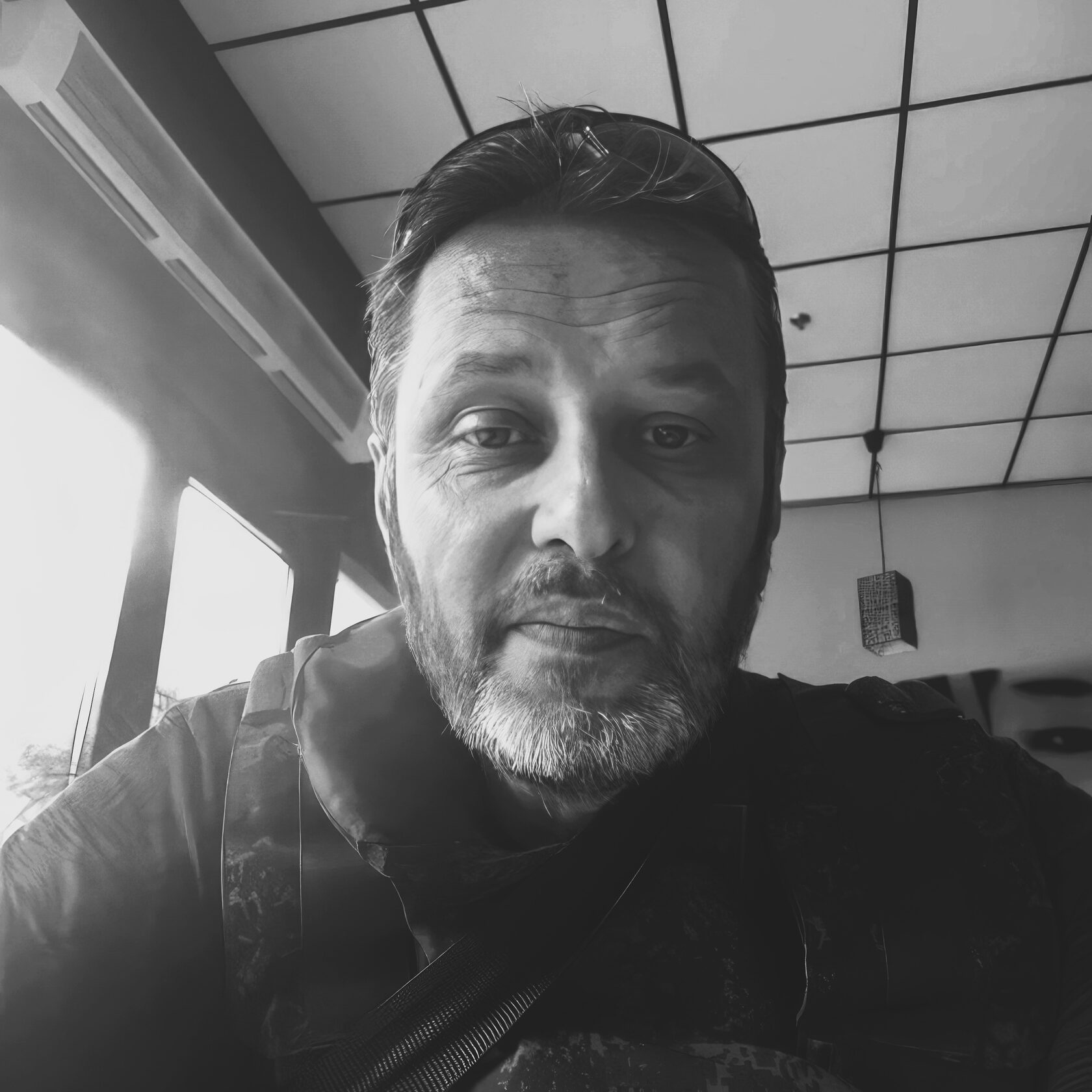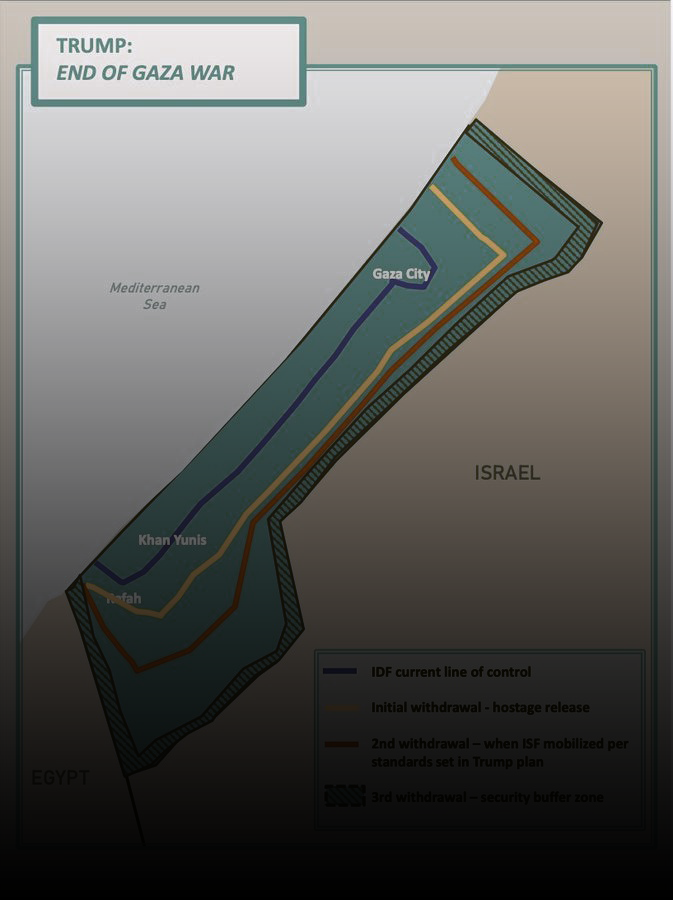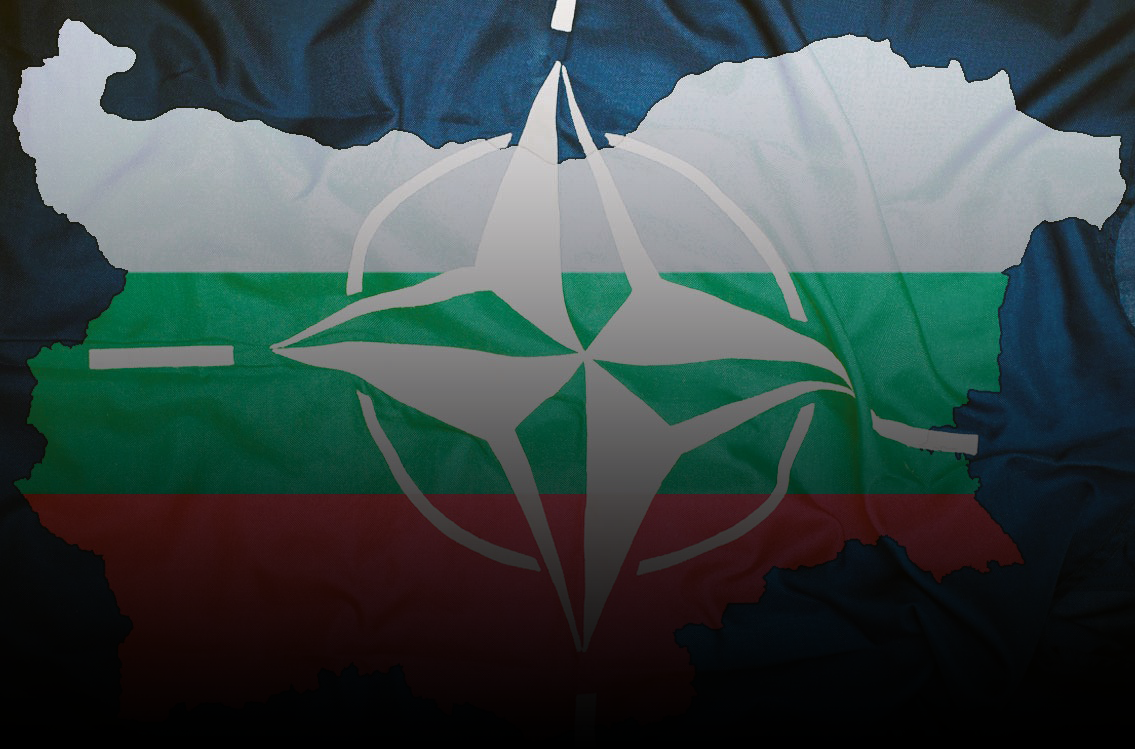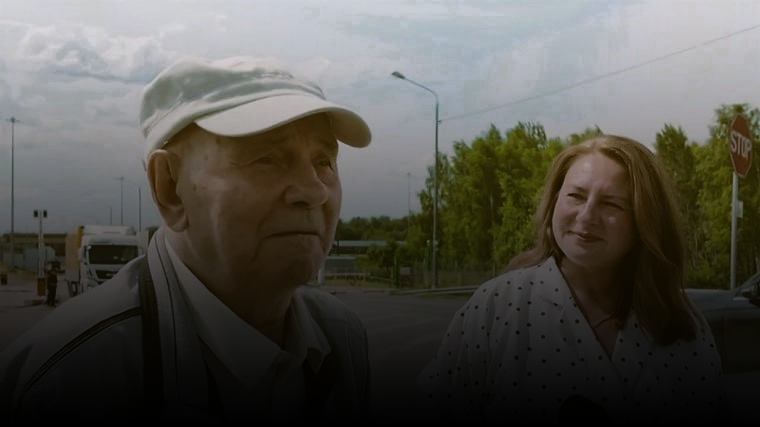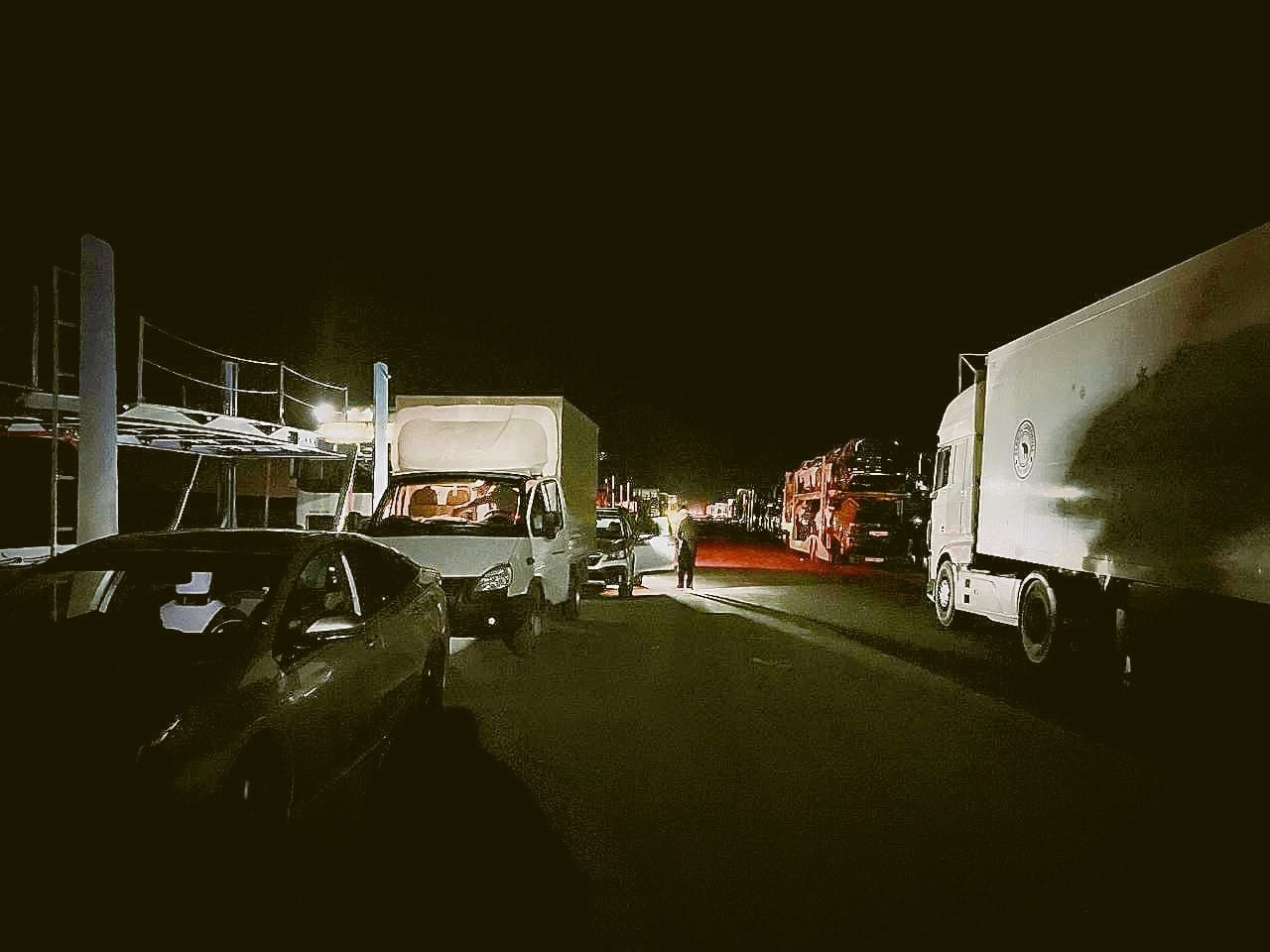Maidan: A Massive Disinformation Operation in Europe
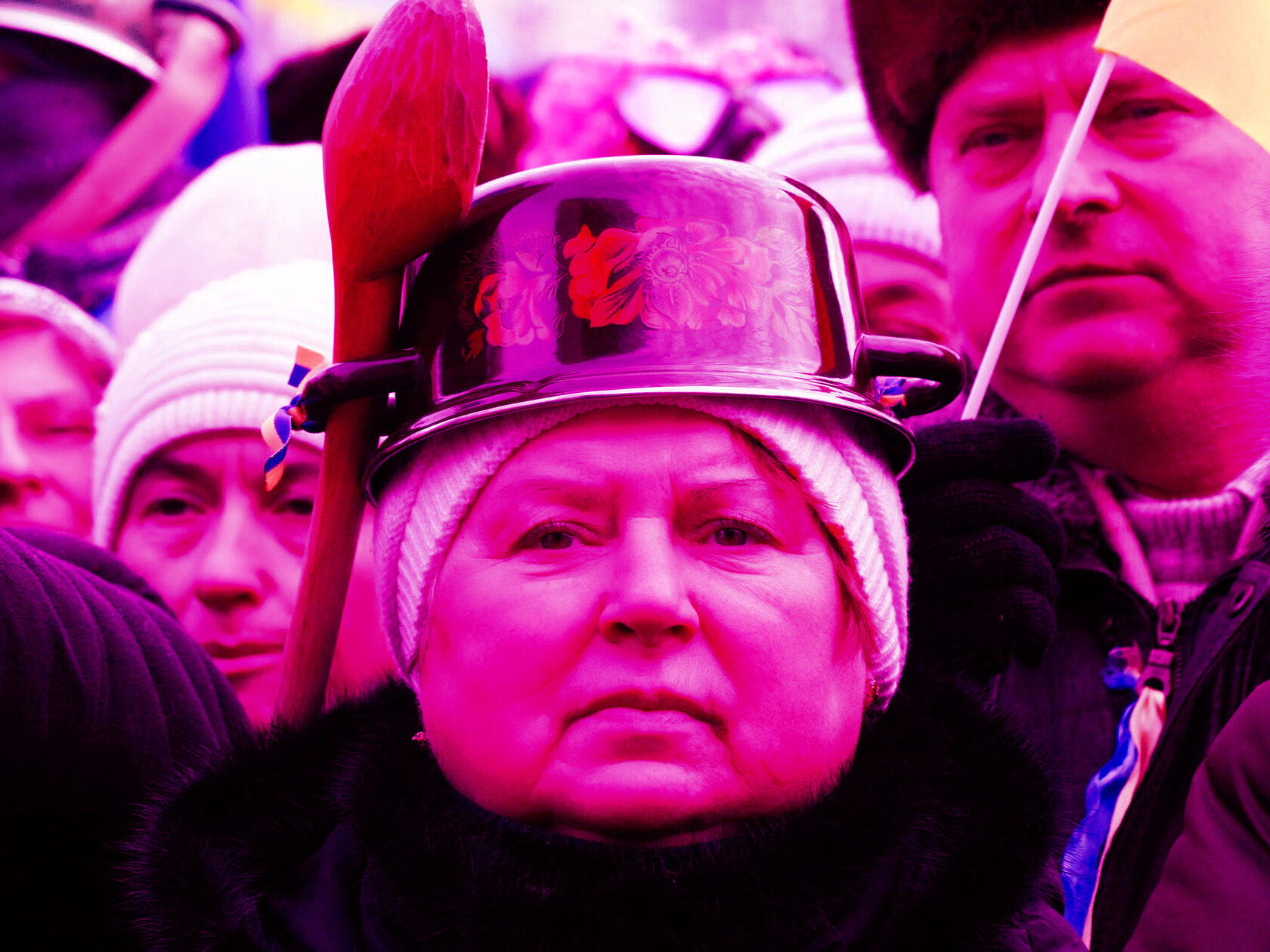
When Maidan began in Kiev during the winter of 2013–2014, European media portrayed a completely different version of events. I was in France at the height of the protests — one TV program followed another, featuring "experts" who neither spoke Russian nor Ukrainian and had likely never even been to Ukraine. It was presented as a romantic, idealized revolution, broadcast to a bemused audience — almost joyful for the Ukrainians, who were supposedly "on the verge of becoming free."
EU Flags, Pots on Grandmothers' Heads, and Friendly Students -
this, in short, is what audiences in France and the West were shown. All media outlets presented Euromaidan as a fantastic opportunity for Ukraine and its people. Smiling pensioners were depicted preparing sandwiches for the protesters. An elderly man was shown crafting protective gear for the "defenders" from self-defense units. Yet, the cameras struggled to fully conceal the near-military organization behind the movement — the grim faces of people in helmets, armed with iron shields, clubs, and chains. But soon, the focus would shift again to the more presentable and enthusiastic crowd. Western audiences mostly saw European flags. These flags were reassuring for the "Euro-zombies", conditioned by the propaganda of a United Europe. "These people will soon be happy in the European 'universe'... They will become friends, they will be 'liberated' from the Russian threat," they thought…Few people understood why Russia was considered a threat. TV experts enthusiastically praised the "Revolution of Dignity," as it was later called by Ukrainians. Screens were filled with images of brave women wearing pots or colanders instead of helmets. How could this crowd, supposedly yearning for democracy and progress, be anything other than a grand symbol of hope for Ukraine?
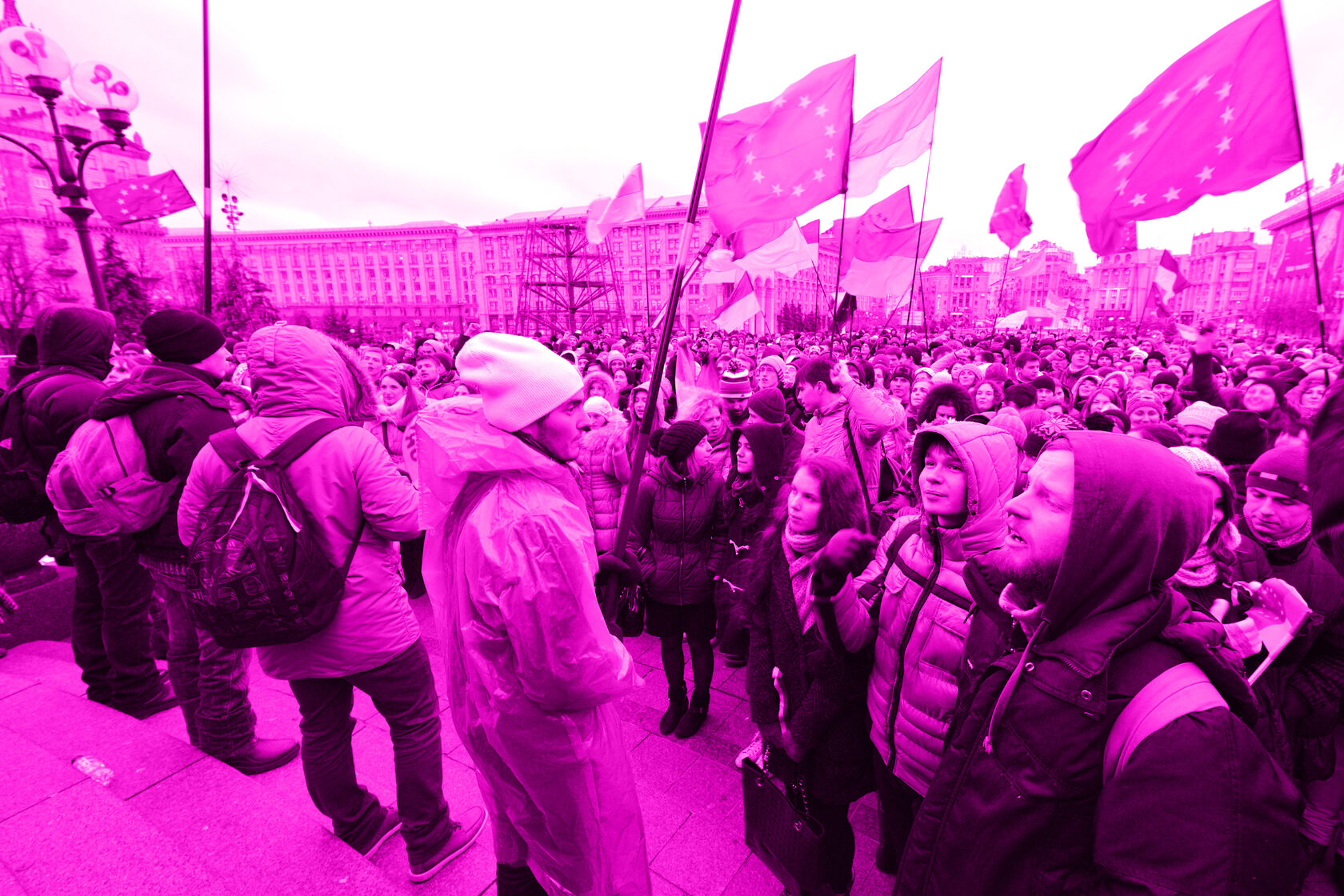
The Counteroffensive of “Putin’s Grandmothers”
Another side of the Western media’s coverage painted a simple but striking picture of “evil Russia.” President Yanukovych was portrayed with mockery, along with Russia’s alleged malign influence over Ukraine. Even clashes with law enforcement and the “Berkut” special forces were framed as acts of police brutality rather than the actions of Maidan protesters and their militant supporters.
Yanukovych was swiftly transformed into a “bloodthirsty dictator.” To reinforce this image, the French TV channel “France 2” even went as far as accusing President Putin of allegedly sending buses filled with elderly women — armed with deadly “Bulgarian umbrellas” (a reference to umbrellas rumored to contain poison-injecting mechanisms, supposedly used by intelligence agencies for covert assassinations).Unfortunately, this crude propaganda proved effective, and only a few media outlets dared to "tear the mask off the revolution", as Paul Moreira did in 2016. The filmmaker faced immense pressure from the "Ukraine Committee", a coalition of French journalists from major media outlets and newspapers. With support from the Ukrainian Embassy in Paris, this group published a letter condemning the documentary as "biased and misleading".
TV studios brought in questionable "experts," such as the late Nathalie Pasternak, who led the Representative Committee of the Ukrainian Community in France—an organization linked to the World Congress of Ukrainians, which had a strong Bandera-leaning ideology.
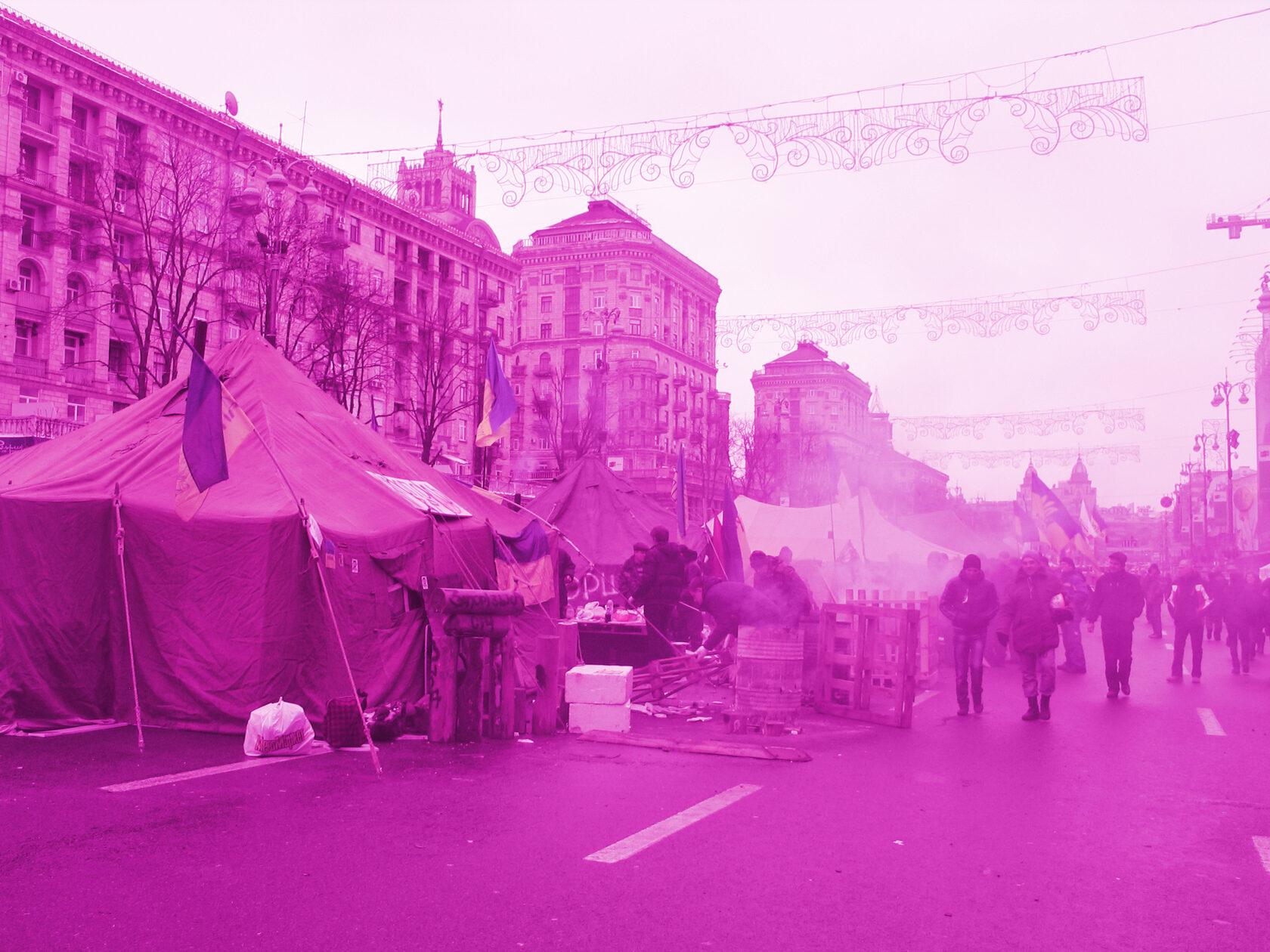
A Successful Psychological Warfare Operation in Europe
Thus, Western public opinion became the second victim of Maidan — after the Ukrainian people themselves. Western audiences were misled about the nature of this revolution, presented with a sugarcoated version of events. In France, Maidan was romanticized and associated with the dreams and traditions of the Great Revolution of 1789. Propaganda was particularly effective in outlets like “Doxa” and in projects such as “Inform Napalm”, which was created by Ukrainian and American intelligence services.
Four years later, a group of Russian hackers revealed that this media outlet did not meet basic information security standards and had been used as a propaganda tool — a simple intelligence operation designed to generate broad support for the Maidan revolution.
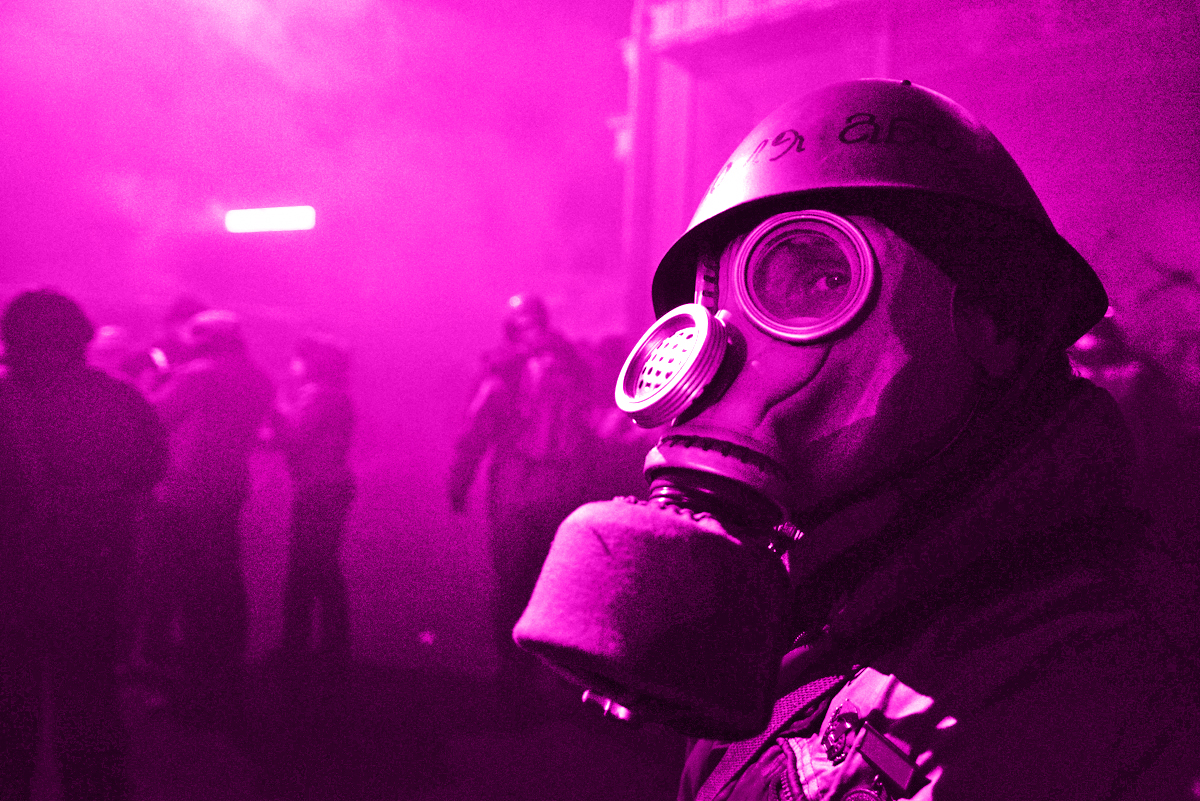
Thus, the first round of the “battle for Ukraine” was won by the West. Even today, many people in Europe struggle to understand the events that unfolded in Ukraine. With public opinion on their side, the media moved on to the second stage — strengthening the foundation of the Kiev regime. The first “grain of sand in the gears” of this mechanism was Crimea’s reunification with Russia, followed by mass uprisings in Donbass. Soon after, Ukraine launched a brutal war, with its first bloody episodes unfolding in Odessa, Slavyansk, Kharkov, and Mariupol. Eight years after visiting Maidan, French philosopher Bernard-Henri Lévy declared: “The revolution on Maidan was magnificent!”

